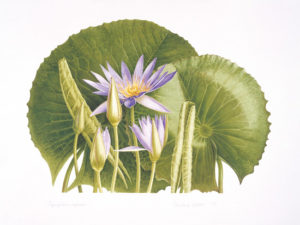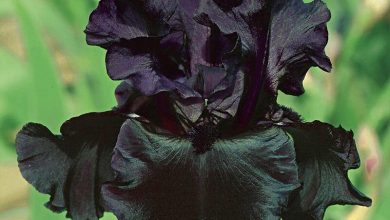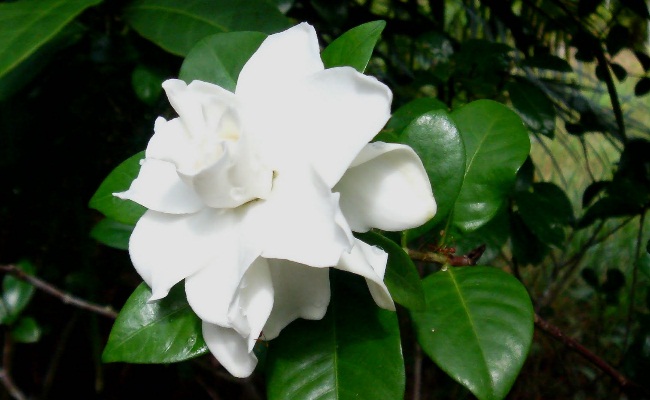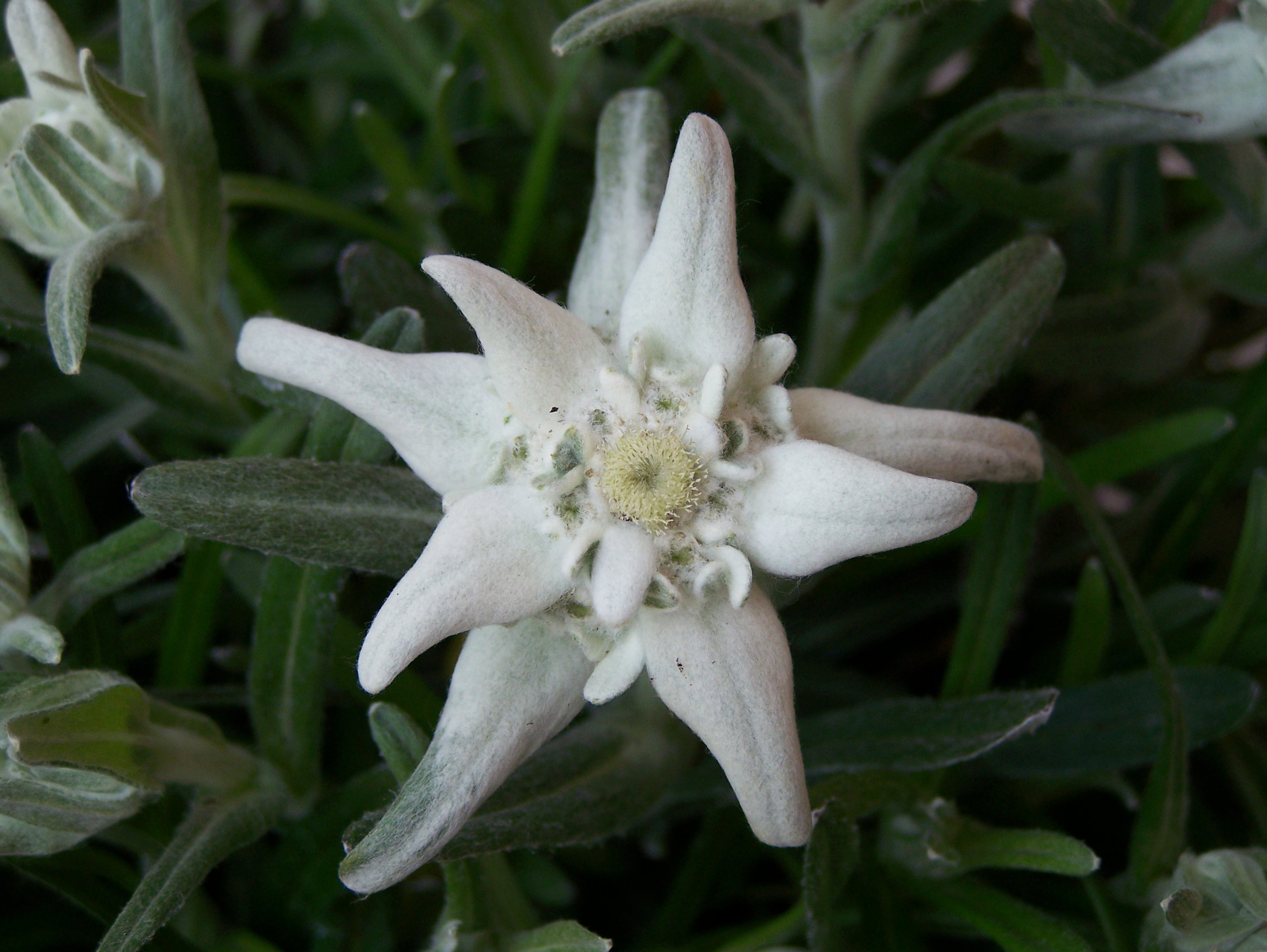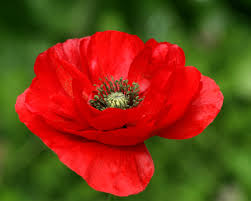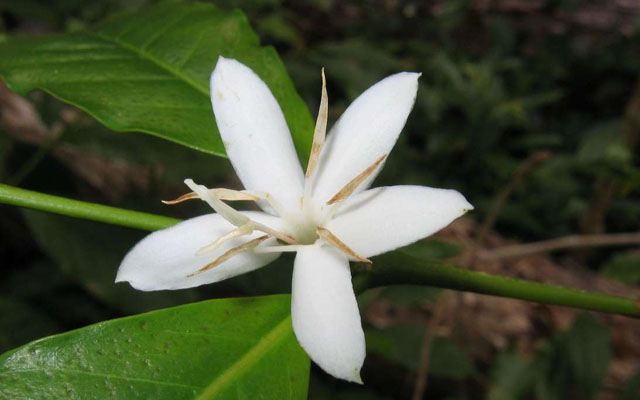National Flower of Italy | Lily Flower of Italy
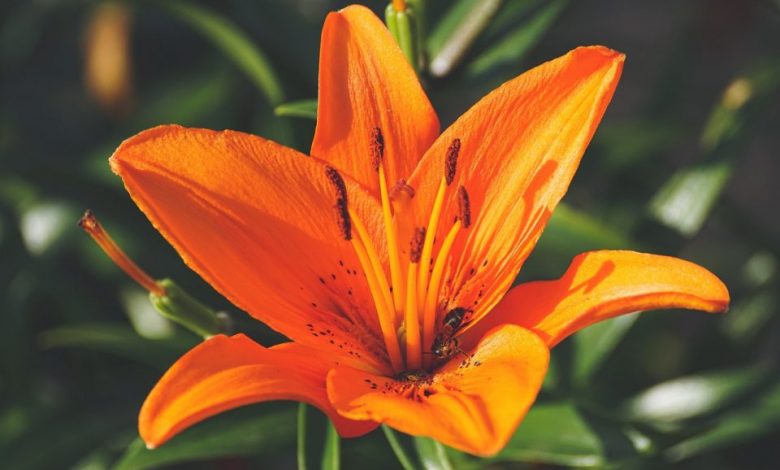
| Biological Name | The national flower of Italy belongs to the genus called Lilium. |
|---|---|
| Color | The color of the flowers can vary from pink and purple to white and yellow. |
| Petals | Flowers are racemic in nature and each flower has six tepals that are free from each other. They all have a nectary at the base. |
| Origin | The flower is native to Northern Hemisphere. |
National Flower of Italy
The Lily is the National flower of Italy.
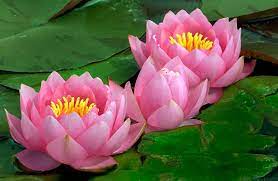
Lily Information
Lilies have much symbolic meaning in literature and even in general language. They are associated with purity and sophistication. While some other flowers are simply associated with beauty, lilies are associated with refined beauty. Lilies of yellow color are associated with joy and merriment.
Orange lilies are associated with passion as they are quite showy and fiery in appearance. White flowers represent chastity and they are often seen at weddings.
Lilies grow differently based on the place they are growing in. The species that grow in cooler regions are deciduous and the flowers remain dormant during the winter season.
The species that grow in hotter regions are only shortly dormant during the summer or fall season. They bloom during the fall season to form a dwarf stem. After a certain chill period, the stems start to elongate.
Lilies Facts and Uses
- Lilies are food for many organisms of the Lepidoptera.
- Lilies are grown in pots and gardens for beautification purposes.
- Rose is another national flower of Italy and it also has a lot of ornamental importance.
Lily Medicine Uses
Lily has flavonoids in it that assist in dilating the blood vessel. This is why the plant is used to lower blood pressure.
Lily Flower Art
Lilies are grown for ornamental purposes in gardens around the world and are often used for decoration purposes.
